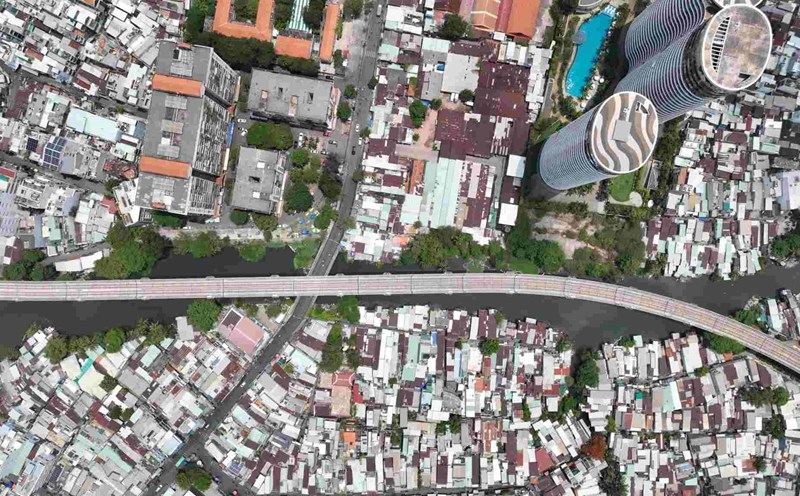Relocating households along rivers, canals and streams is a correct policy for dual benefits. Tens of thousands of households living in temporary, unsanitary conditions, with high risks of landslides and environmental pollution, now have the opportunity to own decent housing, with modern and safer infrastructure.
For the city, the liberation of these areas not only clears the flow and improves environmental sanitation, but also opens up opportunities for urban beautification and land exploitation for economic development.
The areas after clearance will be re-planned to build social infrastructure, create green, clean, beautiful living spaces and contribute to the budget revenue.
Despite bringing many benefits, relocating more than 46,000 houses in the next 6 years also faces major challenges, especially the issue of resettlement land fund and implementation capital.
More importantly, lessons from many relocations across the country show that: Decent housing and modern infrastructure are only necessary, but not sufficient, conditions to ensure success.
The people living in these 46,000 houses are mostly low-income people, living on informal jobs such as small-scale trading, manual labor, or working on the spot. Moving to a new place far from the center, not suitable for current business activities, will cause many households to fall into unemployment or have reduced income. The consequences are difficulties in making a living, leading to social problems such as debt, social evils or spontaneous migration back to the old area.
Therefore, livelihood support policies must be given top priority, ensuring that people in new places of residence have stable jobs and sustainable income. The city must coordinate with districts, businesses and social organizations to provide vocational training, job referrals, support loans for production and business or career conversion.
The relocation of more than 46,000 historic houses is not only an important step in urban renewal but also a test of management capacity and the humanity of the policy. Success will be judged not only by the numbers of new houses, but also by the real quality of life of the resettled people.
A new place with decent housing and complete infrastructure but lacking stable jobs and long-term livelihoods will only achieve half of the relocation policy.
The relocation of more than 46,000 houses will only be truly successful when it ensures a balance of interests: both urban beautification, unblocking the flow, opening the way for development for Ho Chi Minh City, and improving the quality of life and ensuring sustainable livelihoods for the people!











